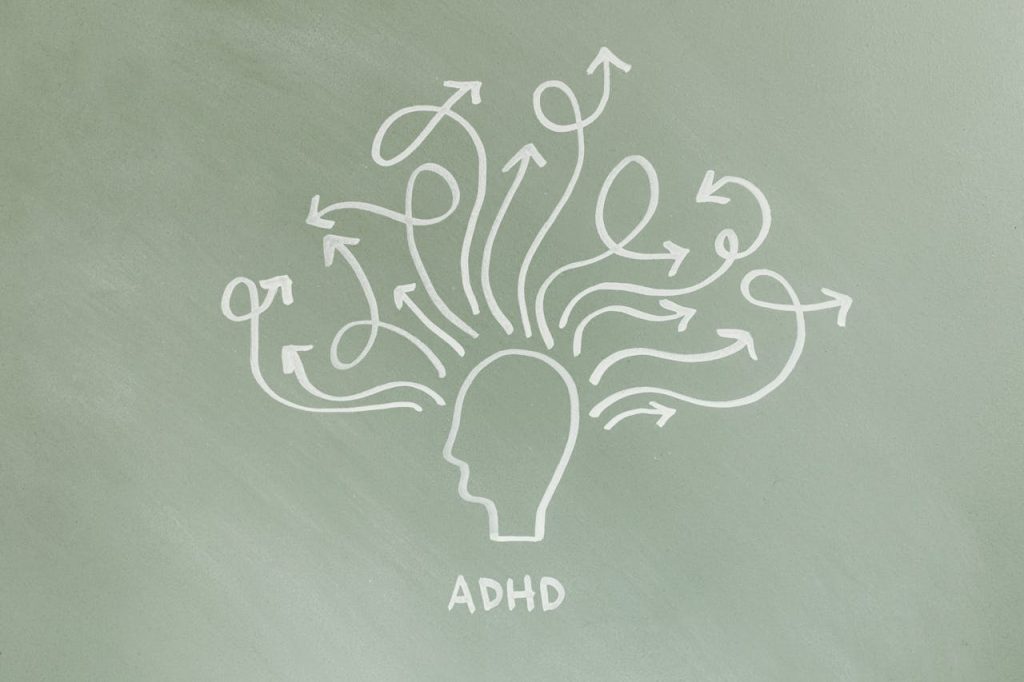
Parenting a child with ADHD can feel overwhelming, especially when daily routines seem to spiral into chaos. Many parents worry about their child’s future, academic performance, and social relationships. The reality is that ADHD affects nearly 6 million children in the U.S. alone, shaping everything from classroom behavior to family dynamics. But what if these challenges could be reframed as opportunities? Understanding how to turn ADHD challenges into strengths can empower families to make informed decisions and help children thrive, not just cope.
The good news is that with the right strategies, parents can help their children harness ADHD’s unique qualities. Families can transform daily struggles into stepping stones for growth and confidence by focusing on practical, research-backed approaches.
1. Emphasizing Strength-Based Learning
Children with ADHD often excel in creative thinking and problem-solving. Parents can highlight their child’s strengths instead of focusing solely on areas of difficulty. For example, a child who struggles with reading comprehension might shine in hands-on science experiments or art projects. Research from the CDC shows that children with ADHD are more likely to display high levels of creativity and divergent thinking. Parents can boost self-esteem and motivation by tailoring learning experiences to these strengths.
2. Building Consistent Routines
Structure is essential for children with ADHD. Inconsistent schedules can increase anxiety and make symptoms worse. Establishing clear routines for homework, meals, and bedtime helps children know what to expect and reduces stress. A study published in Pediatrics found that children with ADHD who followed consistent routines had fewer behavioral problems and improved academic outcomes. Simple visual schedules or checklists can make routines easier to follow and reinforce positive habits.
3. Encouraging Physical Activity
Regular exercise is a powerful tool for managing ADHD symptoms. Physical activity increases dopamine and norepinephrine levels in the brain, which are often lower in children with ADHD. This boost can improve focus, mood, and impulse control. The American Academy of Pediatrics recommends at least 60 minutes of physical activity daily for children, and studies show that kids with ADHD who are active experience fewer symptoms and better classroom behavior. Activities like swimming, martial arts, or even family walks can make a noticeable difference.
4. Teaching Mindfulness and Self-Regulation
Mindfulness practices help children with ADHD develop better self-control and emotional awareness. Techniques such as deep breathing, guided imagery, or short meditation sessions can reduce impulsivity and improve attention span. Schools that have implemented mindfulness programs report fewer disciplinary incidents and higher student engagement. Parents can introduce mindfulness at home with simple exercises, making it a regular part of the family routine.
5. Leveraging Technology Wisely
While screen time can be a concern, technology also offers valuable tools for children with ADHD. Apps that support organization, time management, and focus can help children stay on track. For example, visual timers, reminder apps, and digital planners can break tasks into manageable steps. The key is to use technology intentionally, setting clear boundaries and choosing tools that address specific challenges.
6. Fostering Open Communication
Children with ADHD often feel misunderstood or frustrated by their struggles. Open, honest communication helps them express their feelings and ask for support. Parents who actively listen and validate their child’s experiences build trust and resilience. Family meetings or regular check-ins can provide a safe space for children to share successes and setbacks, making problem-solving easier.
7. Collaborating With Educators
Strong partnerships between parents and teachers are crucial for children with ADHD. Sharing information about what works at home can help educators adapt classroom strategies. Many schools offer Individualized Education Programs (IEPs) or 504 Plans to provide accommodations like extra time on tests or movement breaks. Staying involved in the educational process ensures that children receive the support they need to succeed academically and socially.
8. Setting Realistic Goals
Setting achievable, short-term goals helps children with ADHD experience success and build confidence. Instead of focusing on long-term outcomes, parents can break tasks into smaller steps and celebrate progress along the way. For example, completing a homework assignment without reminders or remembering to pack a backpack can be significant victories. This approach reduces frustration and encourages a growth mindset.
9. Encouraging Social Connections
Social skills can be a challenge for children with ADHD, but strong friendships are vital for emotional well-being. Parents can support their child by arranging playdates, joining clubs, or participating in group activities that match their interests. Role-playing social scenarios at home can also help children practice communication and conflict resolution. Research from the National Institute of Mental Health highlights the importance of peer relationships in building self-esteem and reducing feelings of isolation.
10. Seeking Professional Support When Needed
Sometimes, managing ADHD requires additional help. Therapists, counselors, and support groups can provide valuable guidance for both children and parents. Behavioral therapy, in particular, has been shown to improve executive functioning and reduce disruptive behaviors. Connecting with professionals ensures that families have access to the latest resources and evidence-based interventions.
Turning ADHD Challenges Into Strengths: What Parents Can Do Next
Transforming ADHD challenges into strengths is not about ignoring difficulties but about recognizing and nurturing each child’s unique abilities. By focusing on structure, communication, and individualized support, parents can help their children develop resilience and self-confidence. The most effective strategies are those that adapt to each child’s needs, celebrate progress, and encourage a positive outlook.
Every family’s journey with ADHD is different, but small, consistent changes can lead to big results. What strategies have worked for your family, and how have you seen your child’s strengths shine through?
Read More
10 Things You Should Never Try to Negotiate in a Job Compensation Package
13 Smart Ways to Save for Your Child’s College Education
The post 10 Simple Strategies Parents Use to Turn ADHD Challenges Into Strengths appeared first on The Free Financial Advisor.







